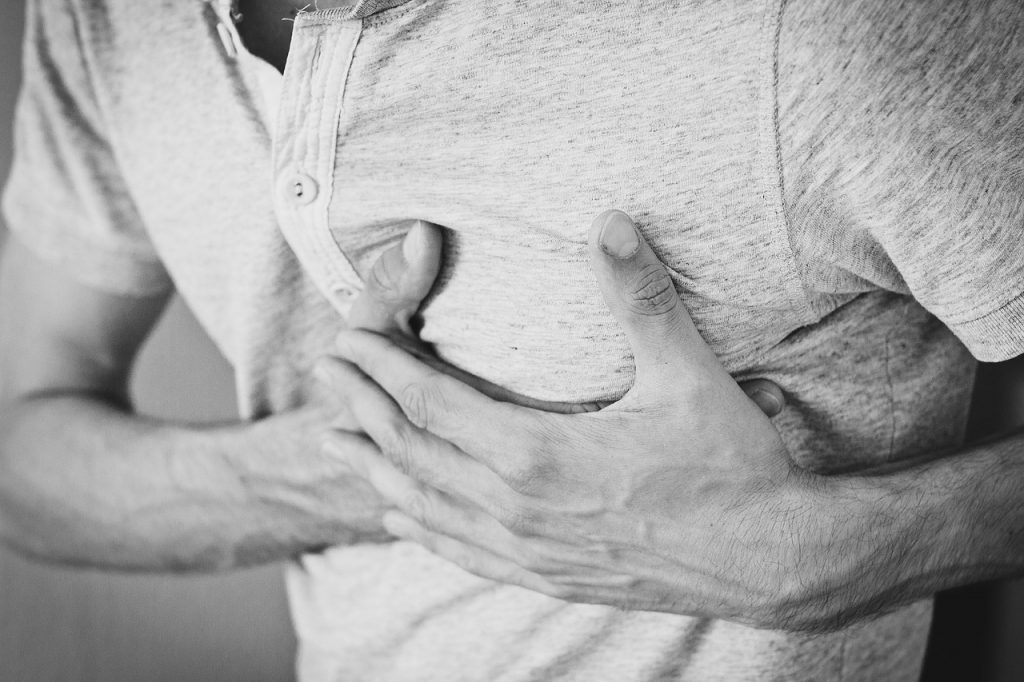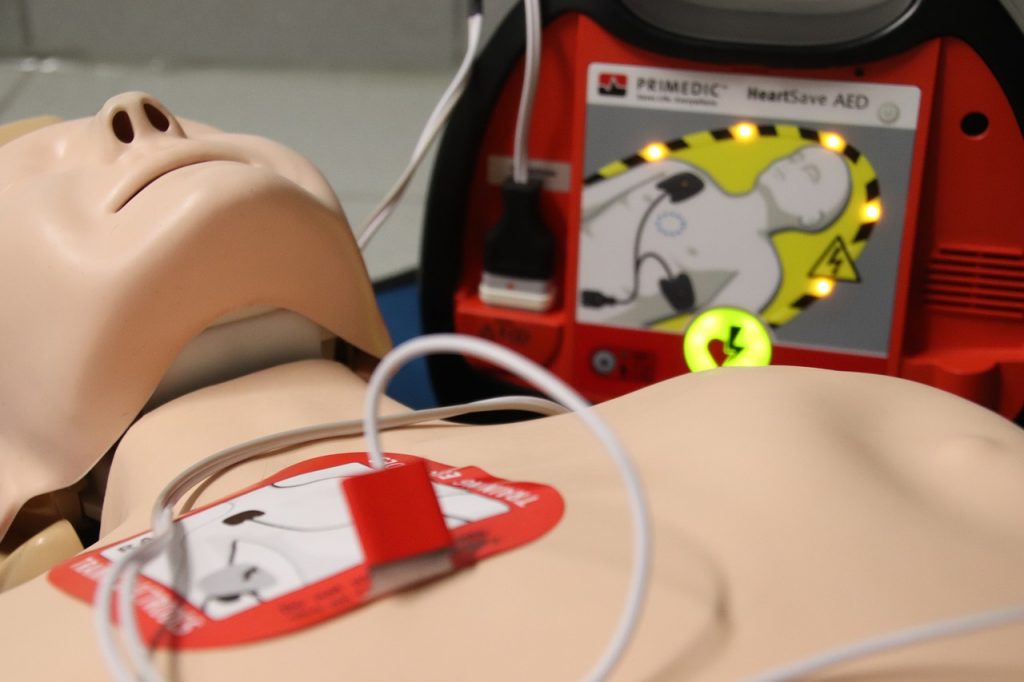What is a First Aid CPR Course?

Cardiopulmonary resuscitation or CPR increases a victim’s chances of survival. According to the American Heart Association, an estimated 100,000- 200,000 lives of both adults and children may be saved each year if CPR was performed correctly. However, about 90% of people who experience cardiac arrest outside of the hospital die because it wasn’t performed early enough.
The most crucial point
The terminologies “first aid” are there for a reason. It means, it is the needed immediate action while the emergency medical services (EMS) or emergency services officer (ESO) are on their way from the hospital to where an emergency is. It’s important to know what makes a situation an emergency though. So let’s look at some key points to consider in recognizing emergencies since this is a crucial point whether CPR should be done or not.
Recognizing Emergencies – A bystander is a vital link between an emergent situation and the victim. His ability to decide when to act is a crucial undertaking. It usually involves surveying the scene quickly for the following:
- Hazards that could be dangerous both to the bystander and the victim, including the pedestrians
- Cause of injury or illness
- Number of victims
- Seeking Medical Care – When a serious situation occurs, call the emergency hotline.
- Example: 911 for the USA, 999 for Hong Kong and 000 for Australia.
- The following information is the most commonly solicited:
- Caller’s name and contact number you’re calling from
- Victim’s location
- What happened
- Number of people in need of help and if there are any special conditions
- Victim’s condition
Note: Don’t hang up the phone unless the dispatcher tells you to do so because he/she may give instructions until the EMS people arrive in the scene.
CPR Process

The objective of performing CPR is to keep the brain, the heart, and the lungs of an unconscious victim, oxygenated. While the techniques applied and used are quite similar for infants, children, and adults, techniques and skills should aid the victim’s lungs of oxygen supply that effectively moves blood to the heart and brain by performing compressions.
Any condition that leads to cardiac arrest (the heart stops beating because of severe damage to the heart muscle) or heart attack (heart muscle tissue dies because of severely impaired, or absence of, blood supply) deprives the heart and the brain of oxygen almost immediately.
Taking the course
The objective behind taking the course is to describe and demonstrate how to perform CPR effectively. Theories will be applied while demonstration and enactments are presented. As the concepts are taught throughout, case presentations are ways to assess the trainee as he applies the theories in combination with the skills.
The steps involved in performing CPR which can be done only by a certified first-aider is to:
- “Hey, hey, hey, are you OK?” – Tap the victim’s shoulder and gauge how responsive, coherent, and conscious he/she is.
- Assess the patient’s airway, breathing, and circulation (ABC). Make sure nothing is blocking the airway or compressing the chest, or that nothing is in the mouth.
- Take note of the rate of the pulse including the skin colour of the victim.
- Assess if he/she is bleeding.
- Take note of the surroundings. Is the victim in a limiting position? Is there an existing threat like rising water? Live electricity or open-wire? How about a debilitating weight on a certain body part? Signs of paralysis?
- If there’s no direct threat, avoid moving the victim to avoid further injuries, most especially of the head and neck.
- Before proceeding with anything, activate EMS by calling them. Let a bystander do so if there is one.
2. Give chest compressions – Whether you feel a pulse or not, remember that you have to help keep the blood pumping to the brain. Perform this at the center of the chest between the nipples for adults and children, and just below the nipple line for infants. The depth should reach 1/3 of the chest, about 2 inches for a child, and 1.5 inches for an infant.
- Compressions for: Adults = 2 hands; Child = 1-2 hands; Infant = 2 fingers.
- 30 compressions at a rate 100 compressions/minute = 100 compressions in about 18 sec. for everybody
- Give 2 breaths after compressions (Refer to number 3).
- Repeat until an Automated External Defibrillator (AED) becomes available
3. Give rescue breaths – Done at the end of every compression until AED becomes available.
- Tilt the head back and lift the chin.
- Pinch the victim’s nose as you make a tight seal over the victim’s mouth with your mouth. For infants, cover the infant’s mouth and nose together with your mouth. Ideally, let this breath last for one second.
- Take a normal breath then give a second one.
- Take note that effective breathing is reflected by the chest rising. If it doesn’t, check the throat of a blockage. If seen clear, continuously give breaths after the compressions.
This first aid CPR course gives you the ability to save lives. You can be a small window for people who would be in need, even to your loved ones, in case emergencies involving cardiac arrest do arise. While alterations concerning COVID-19 may get included in time, these points remain as the course’s fundamentals.





